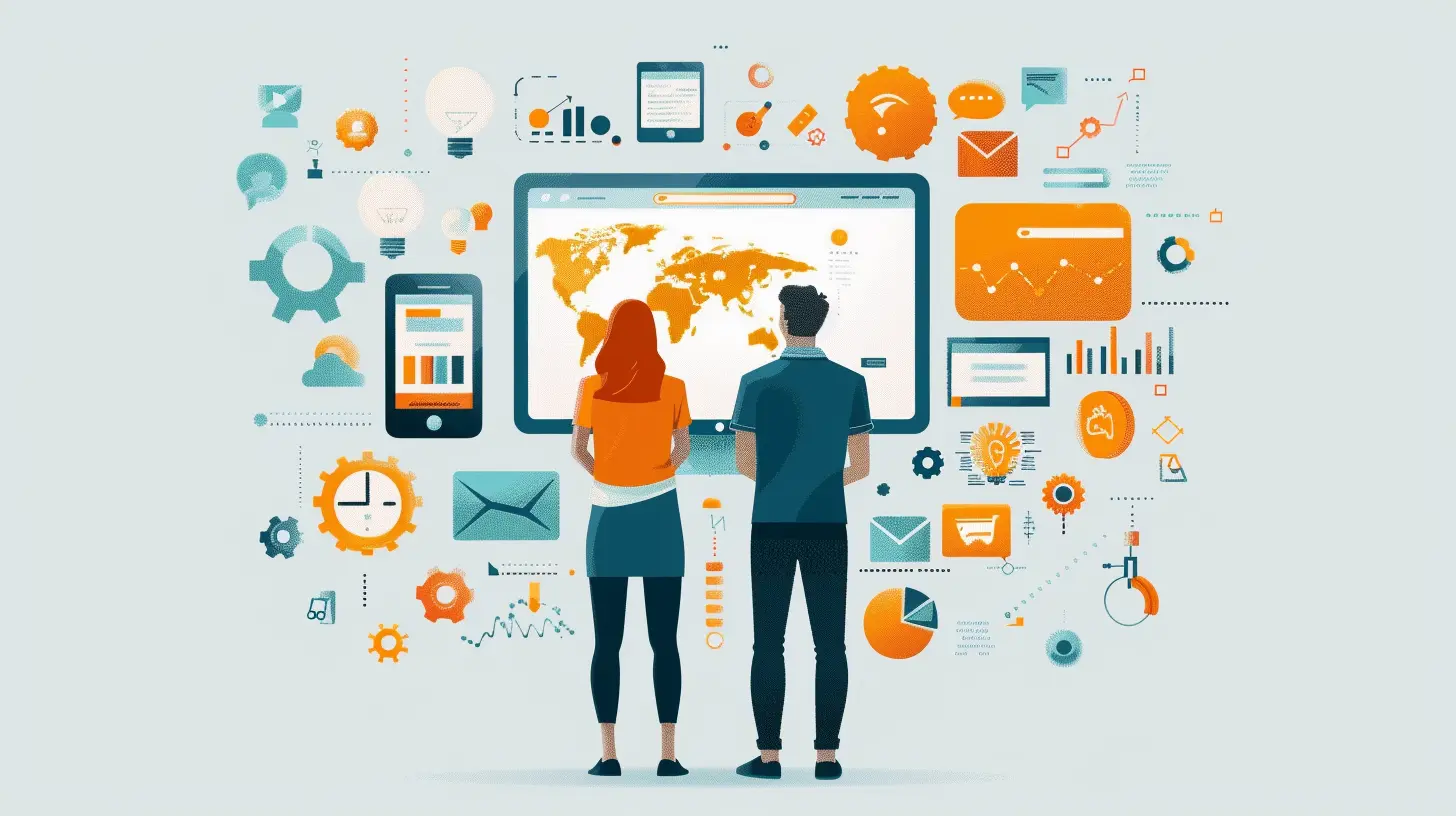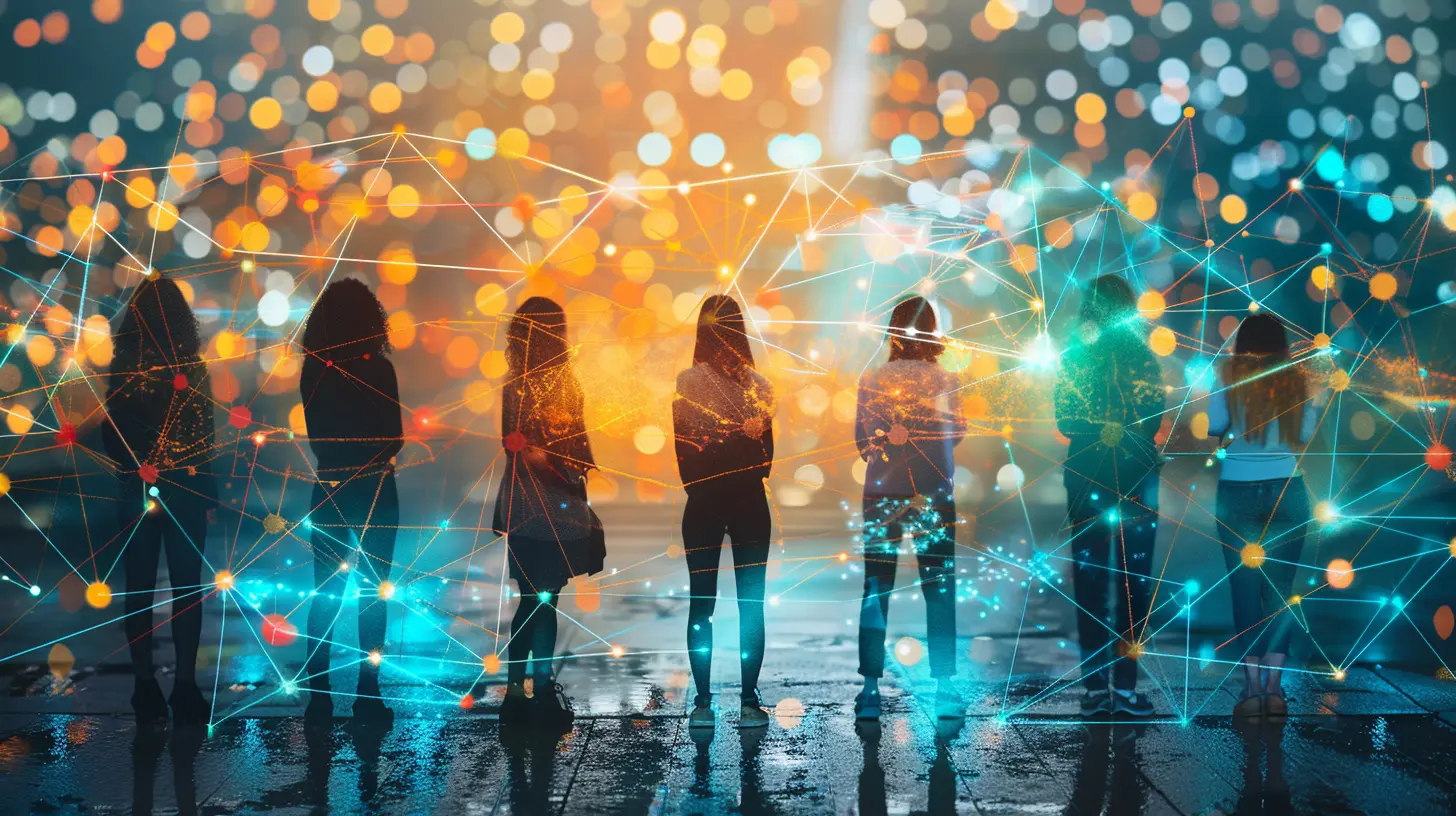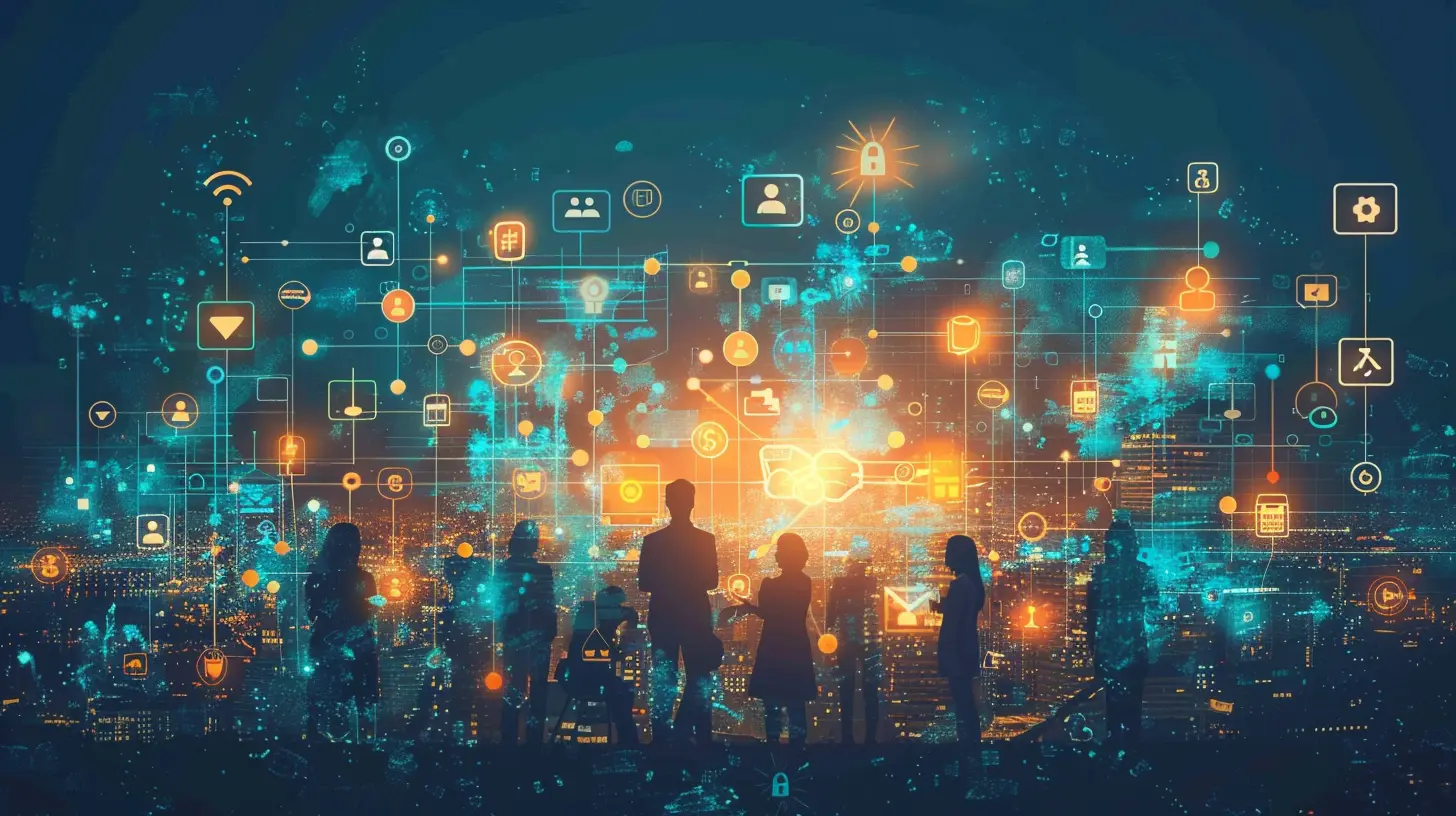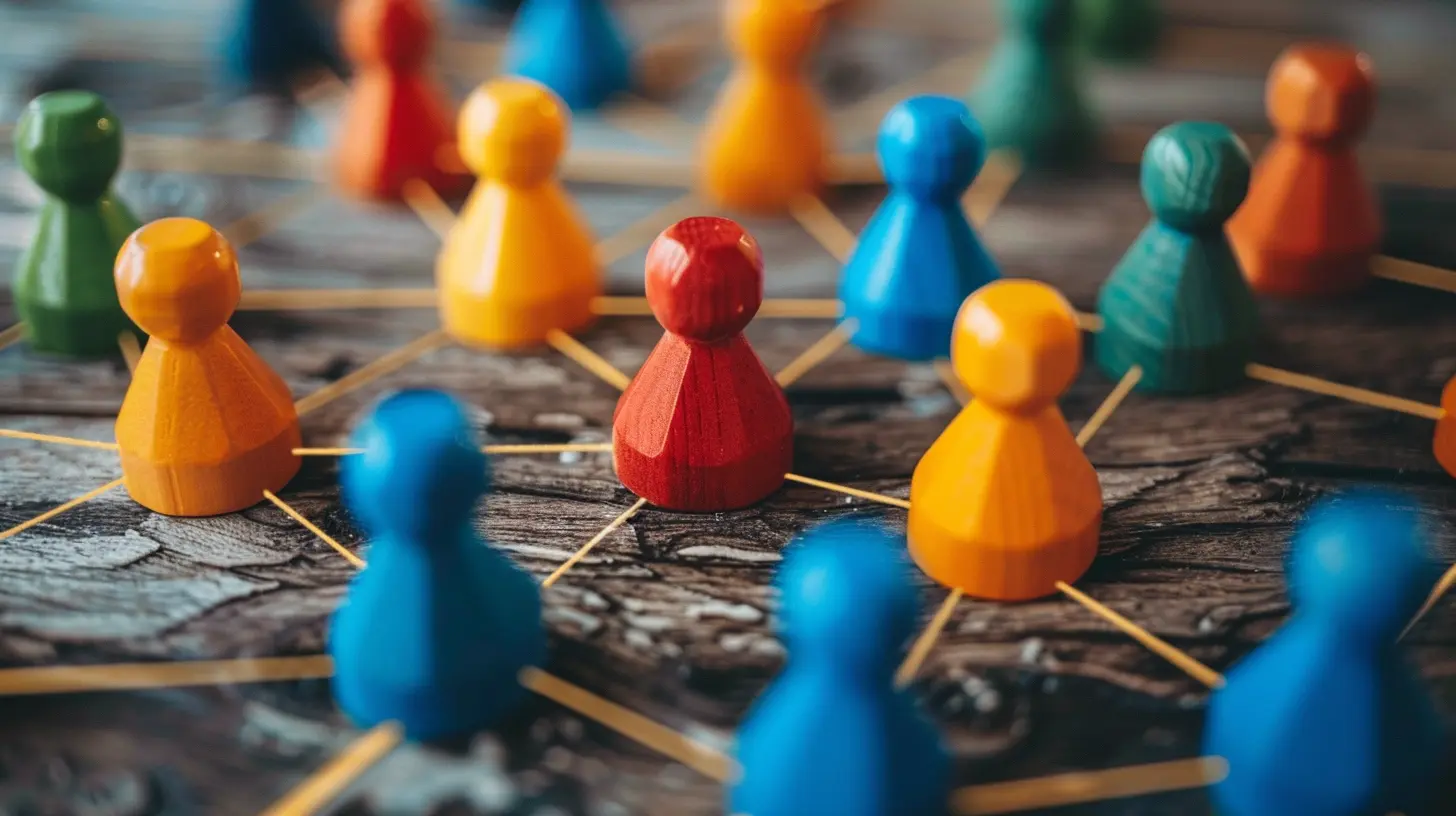How Personalization is Shaping the Future of Customer Relationships
14 October 2025
Let’s be honest—no one likes feeling like just another number in a database. In today’s fast-moving digital world, the bar has been raised. Consumers expect more than cookie-cutter interactions. They crave connection, relevance, and most importantly—personalization. Brands that understand this are winning hearts and wallets.
So, what’s the big deal with personalization? Is it just a buzzword, or is it truly changing how businesses connect with customers? Spoiler alert: it’s the latter. Let’s break down how personalization is not just shaping the future of customer relationships—it’s completely reinventing it.
What Is Personalization in Customer Relationships?
Before we dive deep, let’s define what we’re talking about. Personalization is the process of tailoring messages, products, experiences, and interactions to meet the individual needs of each customer. It’s not just about using a person’s first name in an email (although that’s a start).We’re talking about remembering your preferences, recommending products based on your shopping behavior, sending helpful tips based on your goals, and even adjusting communication channels to match how you like to engage.
Think of it like walking into a store where the sales rep knows your name, what you like, and what you might need. Now apply that to a digital experience—it’s game-changing.
Why Personalization Matters More Than Ever
So, why is everyone talking about personalization all of a sudden? The answer is in your pocket.Smartphones, apps, social media, and big data have made it possible to gather more consumer data than ever before. At the same time, attention spans have shrunk, and expectations have skyrocketed. The good ol’ one-size-fits-all marketing model? It just doesn’t cut it anymore.
Here are a few reasons why personalization is now non-negotiable:
- Information Overload: People are bombarded with thousands of marketing messages every day. Personalized content cuts through the noise.
- Customer Loyalty: Personalized experiences make customers feel valued. And when people feel seen, they stick around.
- Increased Conversions: Tailored product recommendations and messages drive more sales. Period.
- Competitive Edge: When competitors are offering basic service, your personalized touch makes you the obvious choice.
The Science Behind Personalization: Data, AI, and Machine Learning
Personalization may sound like magic, but it’s all about data and smart tech doing the heavy lifting behind the scenes.1. Customer Data Platforms (CDPs)
A CDP aggregates data from all your customer touchpoints—web, mobile, email, CRM, social media—and forms a unified customer profile. It’s like putting together all the puzzle pieces to see the full picture of who your customer is.2. Artificial Intelligence (AI)
AI analyzes all that data and identifies patterns that even the best human marketer can miss. It predicts behaviors, preferences, and even when a customer is likely to churn or buy again.3. Machine Learning (ML)
ML goes one step further by constantly improving the personalization process. The more data it consumes, the smarter it gets. It’s like having a super assistant who’s always learning your customers’ love language.
Real-World Examples of Personalization Winners
Let’s talk about brands that are nailing the personalization game:✦ Netflix
You log in and voila—rows of recommendations that feel like they get you. Netflix tracks what you watch, how long you watch, and what you skip. Then it uses that data to recommend the next binge-worthy show.✦ Amazon
Amazon doesn’t just suggest what you might like—it predicts what you need. Based on browsing history, purchase behavior, and even time of year, they make shopping way too easy.✦ Spotify
Your weekly playlist? Totally customized. Spotify uses your listening habits to generate curated playlists, show suggestions, and even wrapped-up year summaries that make you feel like the star of your own music story.Each of these brands uses personalization not as a gimmick, but as a core part of their user experience. That’s the secret sauce.
Types of Personalization Strategies
Let’s dissect the different flavors of personalization:1. Behavioral Personalization
This is based on what users do—clicks, time on site, past purchases, and even cursor movement. It’s proactive and dynamic.Example: Showing a discount on a product someone has looked at multiple times but hasn’t purchased yet.
2. Demographic Personalization
Using age, gender, job title, or location to tailor content.Example: Serving different product ads to urban millennial women vs. suburban Gen-X dads.
3. Contextual Personalization
Takes the environment into account—device, weather, time of day.Example: Recommending hot coffee options on a cold morning to mobile users near your café.
4. Predictive Personalization
Uses AI and machine learning to anticipate needs.Example: Suggesting a refill for a skincare product a week before it usually runs out.
Personalization in Different Customer Touchpoints
Personalization can (and should!) happen across every stage of the customer journey:✦ Website
Show different homepage banners or product categories based on user behavior.✦ Email Marketing
Use dynamic content and segmentation. Sending the same generic email to your entire list is just lazy.✦ Social Media
Serve personalized ads based on browsing history or engagement patterns.✦ Customer Support
Route questions to the right agent and equip them with the customer’s history for faster resolutions.The ROI of Personalization
Let’s talk numbers—because what’s a good strategy without results?💰 80% of consumers are more likely to buy from brands that personalize their experiences.
📈 Personalized emails deliver 6x higher transaction rates.
🧠 91% of consumers are more likely to shop with brands that recognize, remember, and provide relevant offers.
Personalization doesn’t just make customers feel good—it drives real, measurable business growth. It reduces acquisition costs, increases retention, and boosts the average order value. Basically, it turns browsers into buyers and buyers into loyalists.
Challenges in Personalization (And How to Beat Them)
Okay, it’s not all rainbows and unicorns. Personalization comes with its own set of hurdles.1. Data Privacy Concerns
Customers are wary of how their data is used. Transparency and compliance (hello, GDPR!) are key. Always ask for permission and give customers control over their data.2. Tech Overload
With a million tools out there, integration can feel overwhelming. Simplify by choosing scalable solutions that play well with your existing tech stack.3. Content Bottlenecks
More personalization needs more content. Create content libraries with modular assets that can be mixed and matched.4. Keeping It Human
Automation is powerful, but it can also feel cold. Make sure your personalization efforts still come off as genuine, not robotic.The Future of Personalization: What’s Next?
We’re only scratching the surface of what personalization can do. Here's where we're headed:✦ Hyper-Personalization
This goes beyond basic preferences to real-time, context-aware experiences. It's about delivering the right message at exactly the right moment.✦ Voice & Conversational AI
As more people use voice assistants and chatbots, expect personalization to evolve with voice patterns, tone, and even sentiment detection.✦ Augmented Reality (AR) Personalization
Imagine virtually trying on clothes or placing furniture in your home using an app. That’s where AR comes in, merging personal preference with immersive experiences.✦ Emotional Intelligence
Future AI models may actually detect mood and emotion, tailoring recommendations to how a customer feels, not just what they do.The takeaway? Personalization is going to get smarter, faster, and more emotionally intelligent.
How to Get Started with Personalization
If you’re not already personalizing your customer experience, don’t worry—it’s never too late to start. Here’s how to ease into it:1. Audit Your Data Sources
Find out what data you already have and how it’s stored. Clean data is happy data.
2. Segment Your Audience
Divide your customers into smaller groups based on behavior, demographics, or needs.
3. Start Small
Test personalized emails or product recommendations before diving into full-site personalization.
4. Choose the Right Tools
Use a Customer Data Platform or personalization software that fits your team size and business needs.
5. Measure, Analyze, Optimize
Always track what’s working and what’s not. A/B test regularly and improve over time.
Final Thoughts
The future of customer relationships doesn’t lie in more ads or louder messages—it lies in smarter, more human-centric interactions. Personalization is the bridge between your brand and your customer’s heart. And in a world where people crave meaning and connection, that's the ultimate competitive advantage.So start small, stay authentic, and keep your customer at the center of everything you do. The future is personal—and it’s already here.
all images in this post were generated using AI tools
Category:
MarketingAuthor:

Susanna Erickson
Discussion
rate this article
1 comments
Maxine Carey
Personalization: the secret sauce for customer relationships! It's like giving each customer their own personal butler—minus the tuxedo, but with all the tailored attention they crave!
October 15, 2025 at 3:41 AM


